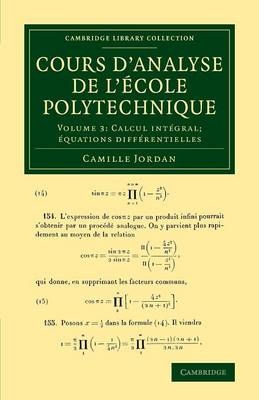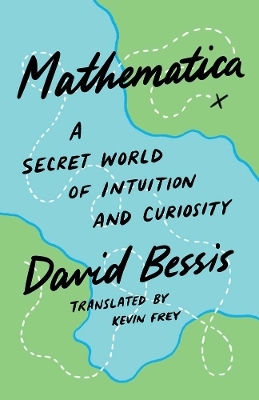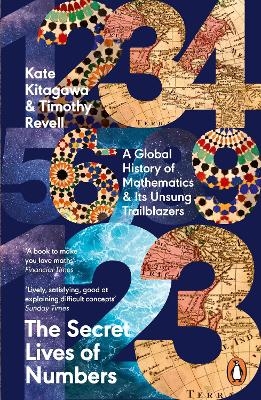
Cours d'analyse de l'ecole polytechnique: Volume 3, Calcul intégral; équations différentielles
Seiten
2013
Cambridge University Press (Verlag)
978-1-108-06471-2 (ISBN)
Cambridge University Press (Verlag)
978-1-108-06471-2 (ISBN)
Camille Jordan (1838–1922) became known for his work on matrices, Galois theory and group theory. However, his most profound effect on how we see mathematics came through his Cours d'analyse. Reissued here is the three-volume first edition (1882–7). Volume 3 (1887) covers differential equations and the calculus of variations.
One of the great algebraists of the nineteenth century, Marie Ennemond Camille Jordan (1838–1922) became known for his work on matrices, Galois theory and group theory. However, his most profound effect on how we see mathematics came through his Cours d'analyse, which appeared in three editions. Reissued here is the first edition, which was published in three volumes between 1882 and 1887. While highly influential in its time, it now appears to us a transitional work between the partially rigorous 'epsilon delta' calculus of Cauchy and his successors, and the new 'real number' analysis of Weierstrass and Cantor. The first two volumes follow the old tradition while the third volume incorporates a substantial amount of the new analysis. Ten years later, the even more influential second edition followed the new point of view from its start. Volume 3 (1887) covers the integration of differential equations and the calculus of variations.
One of the great algebraists of the nineteenth century, Marie Ennemond Camille Jordan (1838–1922) became known for his work on matrices, Galois theory and group theory. However, his most profound effect on how we see mathematics came through his Cours d'analyse, which appeared in three editions. Reissued here is the first edition, which was published in three volumes between 1882 and 1887. While highly influential in its time, it now appears to us a transitional work between the partially rigorous 'epsilon delta' calculus of Cauchy and his successors, and the new 'real number' analysis of Weierstrass and Cantor. The first two volumes follow the old tradition while the third volume incorporates a substantial amount of the new analysis. Ten years later, the even more influential second edition followed the new point of view from its start. Volume 3 (1887) covers the integration of differential equations and the calculus of variations.
Préface; 1. Equations différentielles ordinaires; 2. Equations linéaires; 3. Equations aux dérivées; 4. Calcul des variations; Note sur quelques points de la théorie des fonctions.
| Erscheint lt. Verlag | 21.11.2013 |
|---|---|
| Reihe/Serie | Cambridge Library Collection - Mathematics |
| Zusatzinfo | Worked examples or Exercises |
| Verlagsort | Cambridge |
| Sprache | französisch |
| Maße | 140 x 216 mm |
| Gewicht | 800 g |
| Themenwelt | Mathematik / Informatik ► Mathematik ► Geschichte der Mathematik |
| ISBN-10 | 1-108-06471-X / 110806471X |
| ISBN-13 | 978-1-108-06471-2 / 9781108064712 |
| Zustand | Neuware |
| Haben Sie eine Frage zum Produkt? |
Mehr entdecken
aus dem Bereich
aus dem Bereich
Das Jahrhundert, in dem die Mathematik sich neu erfand. 1870-1970
Buch | Hardcover (2022)
Heyne (Verlag)
22,00 €
a secret world of intuition and curiosity
Buch | Hardcover (2024)
Yale University Press (Verlag)
32,70 €
a global history of Mathematics & its Unsung Trailblazers
Buch | Softcover (2024)
Penguin Books Ltd (Verlag)
16,20 €


